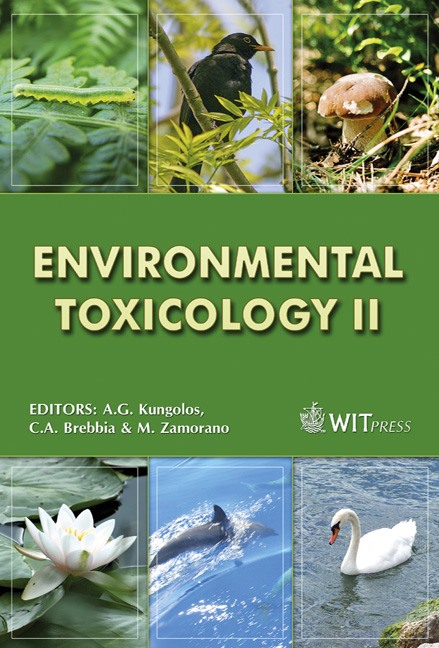Arsenic Toxicity And Carcinogenesis: A Public Health Risk Assessment And Management Approach
Price
Free (open access)
Transaction
Volume
110
Pages
9
Page Range
71 - 79
Published
2008
Size
291 kb
Paper DOI
10.2495/ETOX080081
Copyright
WIT Press
Author(s)
P. B. Tchounwou
Abstract
Acute and chronic exposure to arsenic has been reported in several countries of the world, with major outbreaks of arsenosis occurring in Argentina, Bangladesh, India, Mexico, Thailand, and Taiwan, where a large proportion of drinking water (groundwater) is contaminated with high concentrations of arsenic. Research has also pointed to significantly higher standardized mortality rates for cancers of the bladder, kidney, skin, liver, and colon in many areas of arsenic pollution. There is therefore a great need for developing a comprehensive risk assessment model that should be used in the effective management of health risks associated with arsenic exposure. With a special emphasis on arsenic toxicity and carcinogenesis, this paper aims at developing and presenting a conceptual risk assessment and management model. Using the National Academy of Science’s risk assessment and management framework as a guide, all critical information has been analyzed and presented with respect to the health hazard, the sources and pathways of human exposure, the concept of the dose–response relationship in arsenic poisoning, the characterization of both systemic and carcinogenic effects, and the potential strategies to control and/or prevent arsenic poisoning. Keywords: arsenic exposure, toxicity, health effects, risk assessment and management. 1 Introduction Arsenic is released into the environment from natural sources as a result of natural phenomena such as the erosion of mineral deposits and volcanoes, but
Keywords
arsenic exposure, toxicity, health effects, risk assessment and management.





